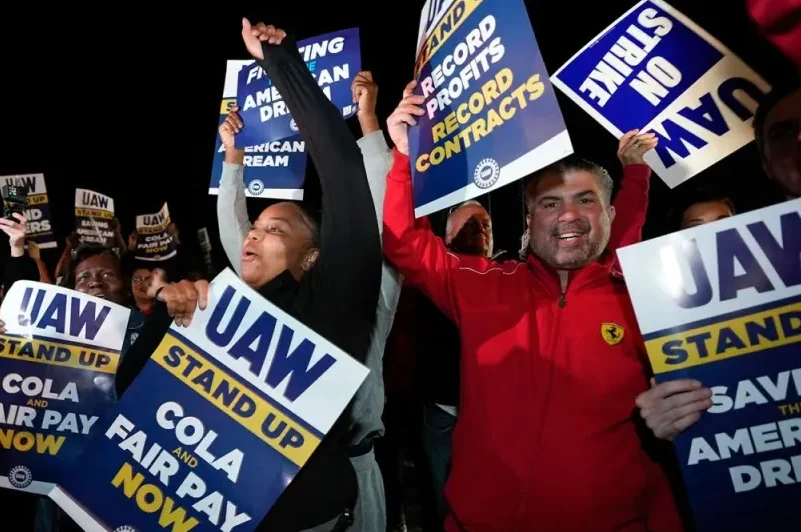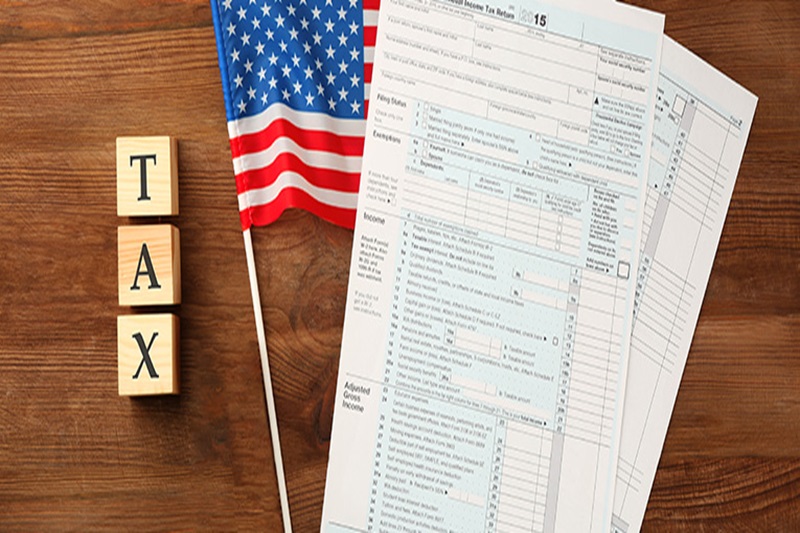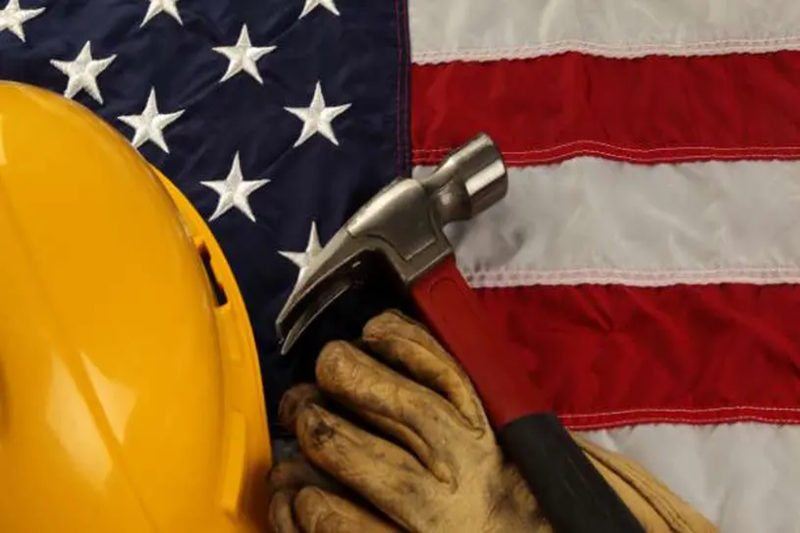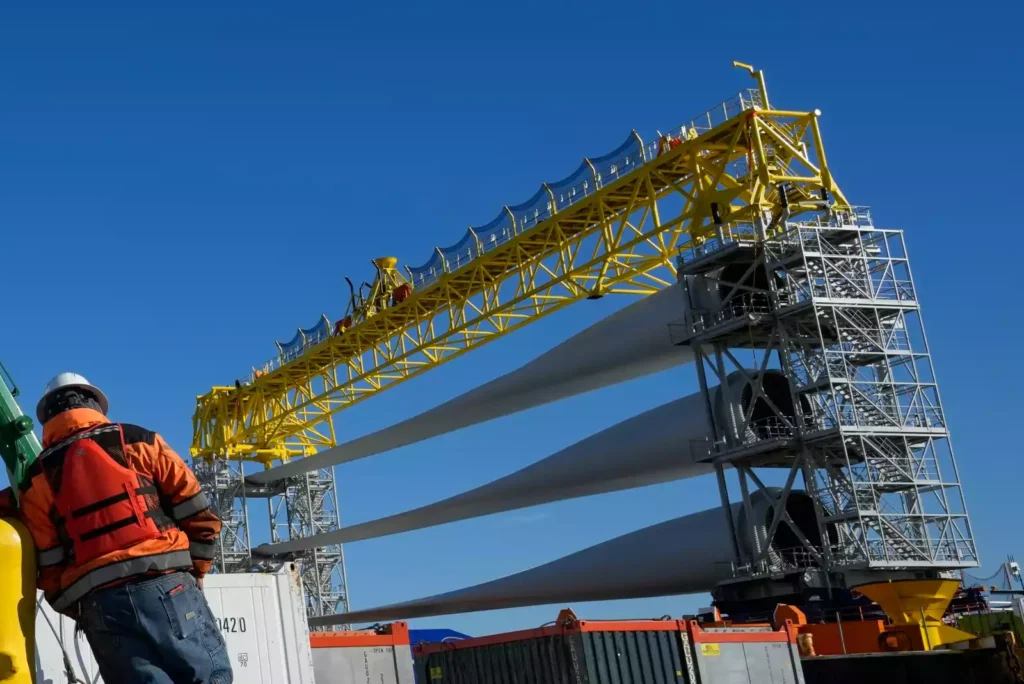The United Auto Workers union is on strike in the United States

The United Auto Workers union, the main labor organization for workers in the automotive sector in the United States, has gone on strike.
The United Auto Workers union is on strike against General Motors, Ford, and Stellantis, something that has never happened before in history.
The president of the United Auto Workers union, Shawn Fain, had announced on Thursday, September 14th, that the union would go on strike at the three major car manufacturers.
“Tonight, for the first time in our history, we will strike all three major companies at the same time,” Fain said in a live Facebook broadcast.
The UAW’s social media accounts repeatedly posted videos of workers leaving the plants amidst cheers from union members waving banners.
The strike was initiated after the union made ambitious demands regarding wages, benefits, and labor protection for its members.
With all three car manufacturers reporting record or near-record profits, the union sought to regain many benefits they had been forced to give up more than a decade ago.
At that time, the companies were cash-strapped and on the brink of bankruptcy and agreed to certain concessions.
All car manufacturers offered the union double-digit wage increases, but they were not sufficient to meet the demands of the union negotiators.
In a statement, GM expressed its “disappointment” but stated that it would continue negotiations.
“The United Auto Workers union has informed GM that it is on strike at Wentzville Assembly in Missouri, starting at 11:59 p.m. We are disappointed by the actions of the UAW leadership, despite the unprecedented economic package that GM has put on the table, including historic wage increases and manufacturing commitments,” the statement read.
The UAW retweeted a video on X, the platform formerly known as Twitter, which appeared to show workers leaving a plant amidst cheers from people waving banners and wearing red union shirts, just after midnight.
The strike by the United Auto Workers union, although unprecedented, is less extensive than expected just two days ago when it seemed that all 145,000 UAW members from the three companies could be involved.
Meanwhile, Ford said that striking workers receiving a $500 weekly benefit from the union would only receive a fraction of the wages they would have earned by staying on the job.
Also, workers’ profit-sharing checks could be “decimated” by the impact on Ford’s sales if the strike continues.
“They raised ambitious demands”: United Auto Workers union
The union went on strike despite the companies’ offers to increase hourly wages by up to 20% during the contract period.
With a maximum wage of $32.32 per hour, these offers would have allowed more experienced workers to earn a base salary of over $80,000 per year, not including overtime or profit-sharing bonuses.
But the union began negotiations by demanding an immediate 20% increase and four additional 5% increases during the contract period.
At the end of negotiations, the union reduced its wage demands, although apparently not enough to match the offers from the car manufacturers.
On the other hand, they raised ambitious demands to reverse the concessions made by the union in 2007 and 2009 when Ford was nearly bankrupt, and GM and Chrysler were heading towards bankruptcy and federal bailout.
The United Auto Workers union also demands the reinstatement of cost-of-living adjustments (COLA) to protect against rising prices.
The union lost COLA in the 2007 contract. They argue that due to inflation, real wages have decreased in recent years.
Additionally, the United Auto Workers union calls for more time off and proposes the idea of a four-day workweek of 32 hours without a reduction in pay.
Another threat to the union is the manufacturers’ plans to invest tens of billions of dollars in transitioning from traditional gasoline cars to a range of fully electric vehicles.
They fear that this could jeopardize their jobs.
It takes fewer hours to assemble electric vehicles than gasoline ones because they have fewer moving parts.
Also read: The Increase in Gasoline Prices in the United States Boosted Inflation.





